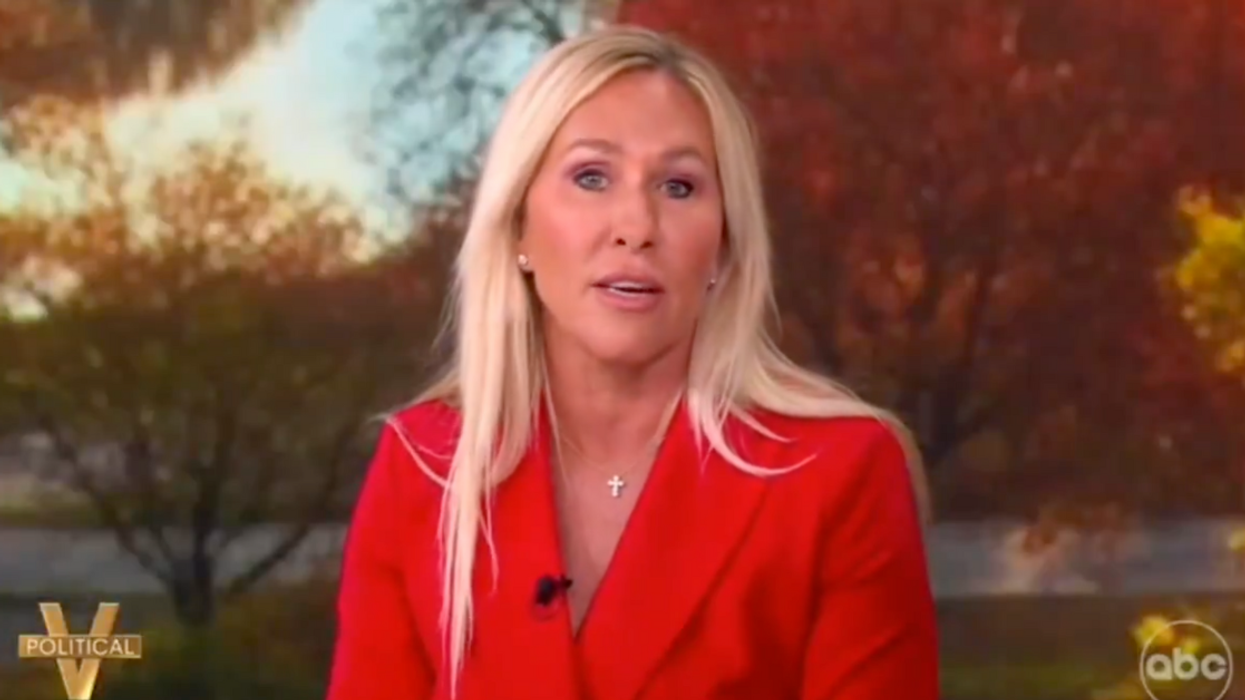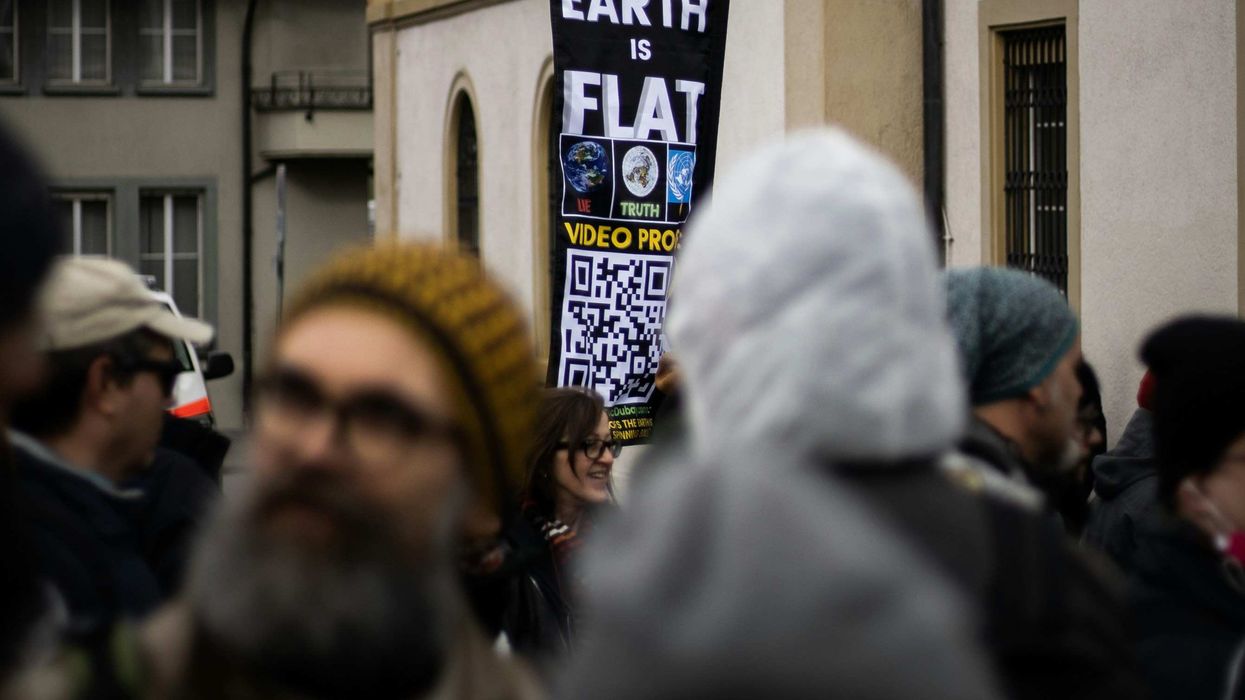Earlier this week, the January 6 Committee issued two sets of subpoenas on key Trump aides and advisors. Focusing for a moment on the first set of potential witnesses, the names include some of the parties most central to the planning behind the coup attempt, including the author of the infamous memos advising that Mike Pence could simply announce Trump won the election. On the list also were some of the key organizers who met together at the Willard Hotel in advance of the January 6 rally that ultimately became the violent insurrection at the Capitol.
The witness list gives a strong indication about where the Committee is now focused: the behind-the-scenes "procedural" efforts to find a way to delay or nullify the electoral count, the plot to use the January 6 rally as a way to pressure Mike Pence to capitulate to Trump's request, and the campaign's knowledge about the falsity of the election lies and conspiracies they were touting.
Ultimately, the Committee will need to make a determination and issue findings around the sequence of events leading up to the insurrection. Here, there are two basic stories, one favorable to the former president and pushed by right-wing media and one that centers him directly within the insurrection plot.
In the pro-Trump version of events, his advisors had good reason to believe and amplify the election fraud claims that were all over the Internet, and therefore Trump was within his rights to use every legal means at his disposal to dispute the results. This includes making calls to state officials asking them to find votes and expose, pressuring Vice President Mike Pence to nullify or delay the electoral college count, and gathering the former president's followers for what was supposed to be a peaceful assembly at the Ellipse in order to make their voices heard to the members of Congress who were counting the votes over at the Capitol.
The problem is, this version is not what the facts support. The other version, supported by the evidence to date, centers Trump and his key advisors within an illegal conspiracy to overturn a free and fair election by whatever means necessary. Trump and his team knew or reasonably should have known that claims of election fraud were bogus. Nevertheless, they began calling state officials to pressure them into overturning elections while Trump acolytes fanned out to ignite and spread false claims of election fraud and conspiracy. Behind the scenes, Trump found lawyers willing to distort the constitutionally prescribed process for electoral counting and leverage the Department of Justice to weigh in impermissibly on his side. The only thing that stopped the plot from working were civic officials who ultimately refused to do what Trump asked, though he came close to firing them and doing it anyway and was only thwarted by the threat of mass revolt. Having no options left procedurally, Trump loosed his followers on Congress in a violent, deadly insurrection that he alone could have called a halt to yet refused.
Did They Know They Were Spreading Election Lies?
The witnesses whom the Committee subpoenaed on Monday all have information that could buttress the truth. This includes the manager of the Trump 2020 reelection campaign, Willian Stepien; Trump's Senior Advisor on his reelection, Jason Miller; Trump's National Executive Assistant on reelection, Angela McCallum; and Trump's former National Security Adviser, Michael Flynn. All of these witnesses were active in coordinating press conferences to spread election conspiracies, amplifying election lies on media and social media, and/or contacting state and party officials around the country to delay or deny certification of the election. A critical question will be whether Trump and his campaign staffers knew that the lies they were spreading about the election were false when they were holding these press conferences, assisting Trump with his tweets, and making phone calls to officials.
On this question there is an internal Trump Campaign memo. Per reporting by the New York Times, two weeks after the election, the Trump Campaign's Deputy Director, Zach Parkinson, had asked internal researchers to look into allegations around Dominion Voting Machines and Smartmatic software to determine whether there was any truth to the widely circulating election fraud allegations. That memo had expressly determined the allegations to be untrue. With respect to Dominion, for example, it found that
Dominion did not use voting technology from the software company, Smartmatic, in the 2020 election;
Dominion had no direct ties to Venezuela or to Mr. Soros;
There was no evidence that Dominion's leadership had connections to left-wing "antifa" activists
This memo predates the infamous press conference given by the former president's "kraken" legal team in which they reiterated these baseless claims, meaning the campaign continued to spread misinformation and false conspiracies even after their own research had shown them to be unsupported and untrue.
The Committee will want to know who within the campaign had read the memo, whether it was discussed internally, what Zach Parkinson or other staffers had told them about the findings, and what the campaign internally believed. Note that it is likely that the Committee has already investigated and discussed these questions with lower-level staffers and then issued the subpoenas in order to place higher-ups under oath to either corroborate or deny what others have already told the Committee.
Was This All Part of an Illegal Conspiracy?
If the evidence shows that the Trump Campaign knowingly was spreading false election lies and conspiracy claims, does it necessarily mean that 1) they had a plan in mind to overturn the election, and 2) that they took concrete steps to execute upon it? It's one thing to make false claims because you're a poor loser and can't help yourself from trying to discredit the election that you just lost. But it's an entirely different matter—and indeed, very likely a crime—to come up with a plan around those lies and conspiracies in a real effort to hang on to power illegitimately.
This is where other subpoenaed witnesses come in. There was indeed a "soft" coup underway, championed by John Eastman who is the author of a two-part summary and six-page explainer memo that reads like a blueprint for an illegal seizure of power. In those documents, Eastman made the case to Trump that Vice President Pence could act unilaterally to declare Trump the winner, and that in the ensuing chaos they could delay and possibly set-aside the electoral college votes of the swing states that Trump had lost. This plan fell apart, however, when Pence told Trump he had talked to advisors who had made it very clear his role was merely ceremonial and that he didn't have the power to do the things Eastman wanted.
Did the Trump Campaign Know About the Violent Insurrection?
Then there is the matter of the "hard" coup, represented by the attack on Congress while the votes were being counted. Planning around the January 6 rally took place in a "war room" of sorts at the Willard Hotel, where recently subpoenaed witnesses Jason Miller, John Eastman and Bernard Kerik met with Rudy Giuliani, Steve Bannon and others to discuss options for overturning the election results, including through "pressuring" Mike Pence not to certify the results. The Committee is going to want to hear about what was said and done in Willard Hotel—and once again, the Committee likely already has laid the groundwork to establish facts that these witnesses will either corroborate or deny under oath at their own risk.
There is plenty of evidence that people like Bannon, who touted the protest on his podcast, knew in advance that the rally was going to turn violent. He did, after all, tell his listeners on January 5, 2021 that "All hell is going to break loose tomorrow." Politicians associated with "Stop the Steal" also did some eyebrow-raising things, from Rep. Mo Brooks wearing body armor at the rally to Rep. Lauren Boebert tweeting "1776" that morning and later tweeting out, in real time, the whereabouts of Speaker Nancy Pelosi as she was escorted out of the House chamber during the attack. Trump, too, unexpectedly directed his followers to march from the Ellipse to the Capitol after riling them up, then appeared to watch with fascination and do nothing to stop them from seeking to disrupt the proceedings violently.
For more political analysis, subscribe to the Status Kuo newsletter.

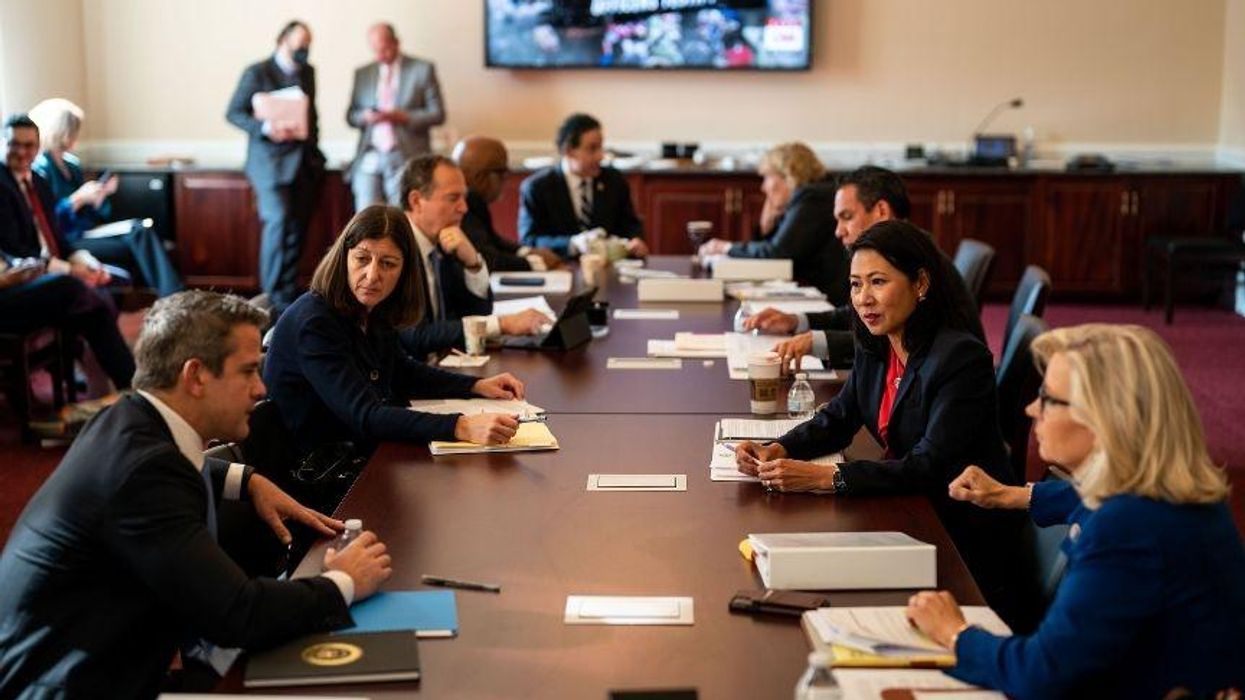
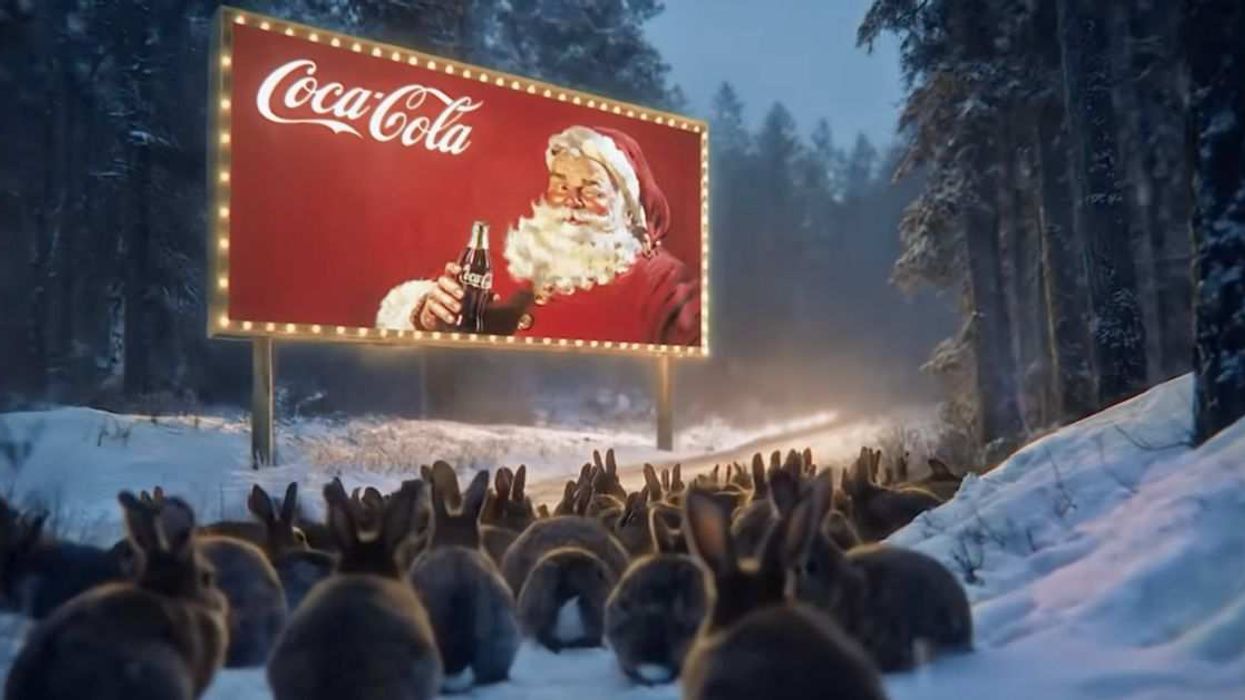
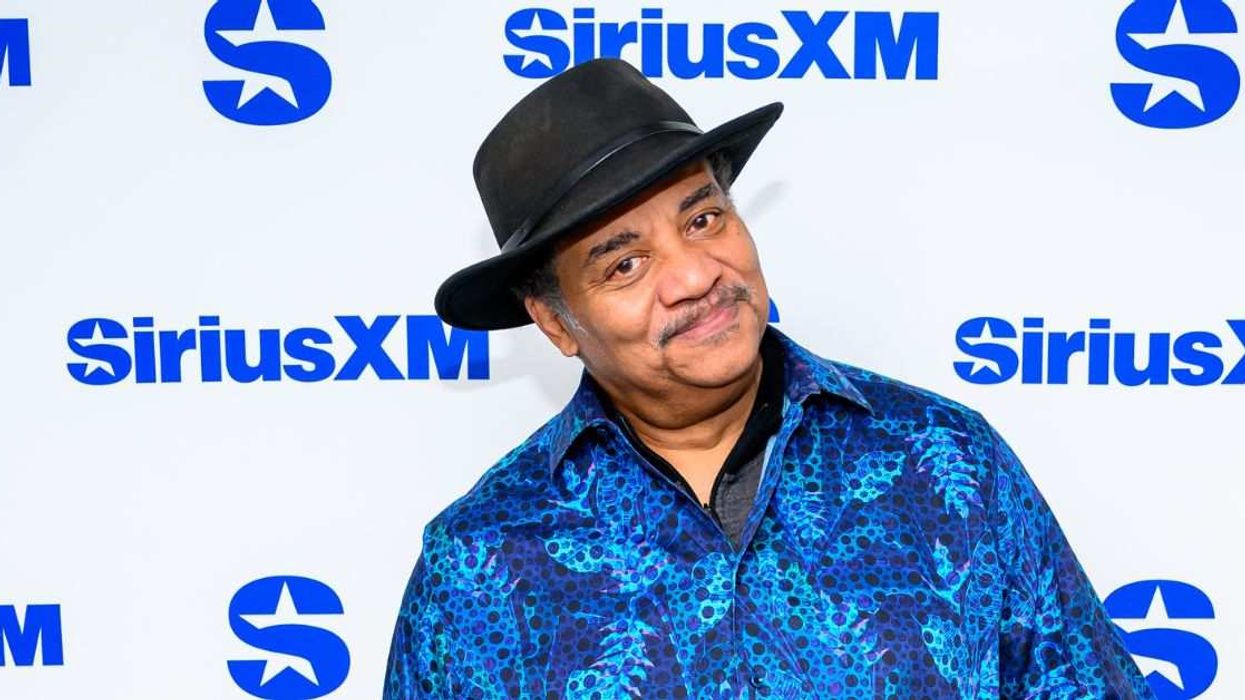
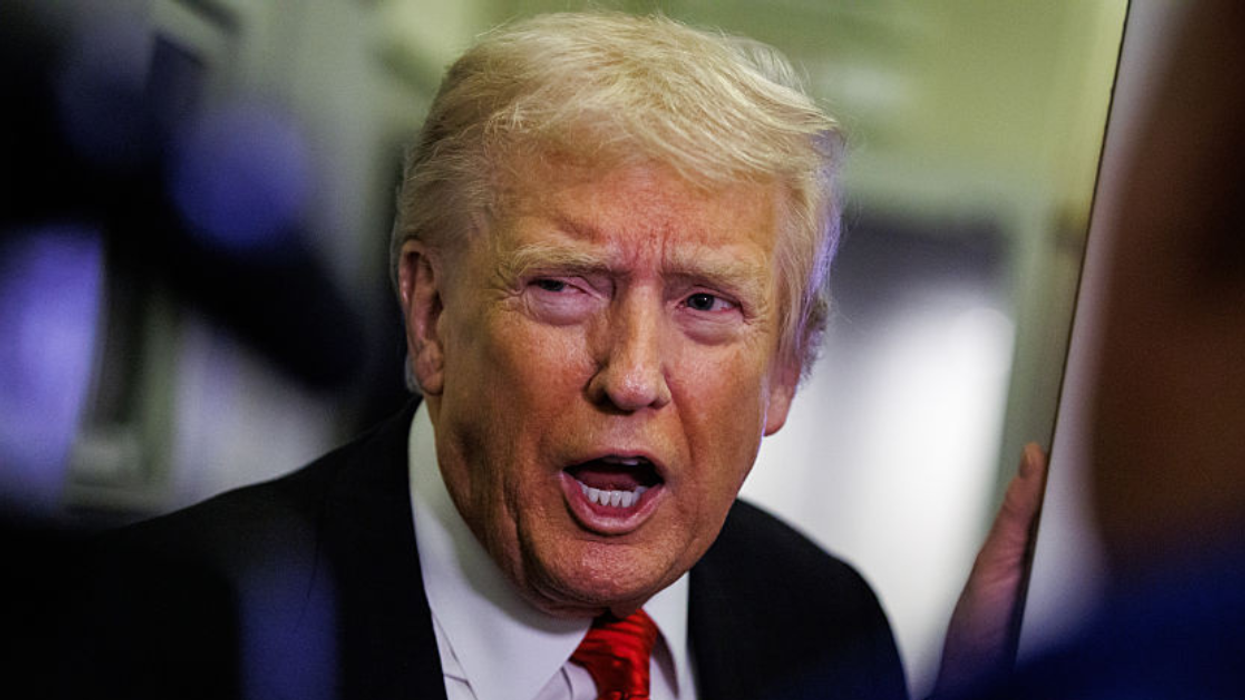

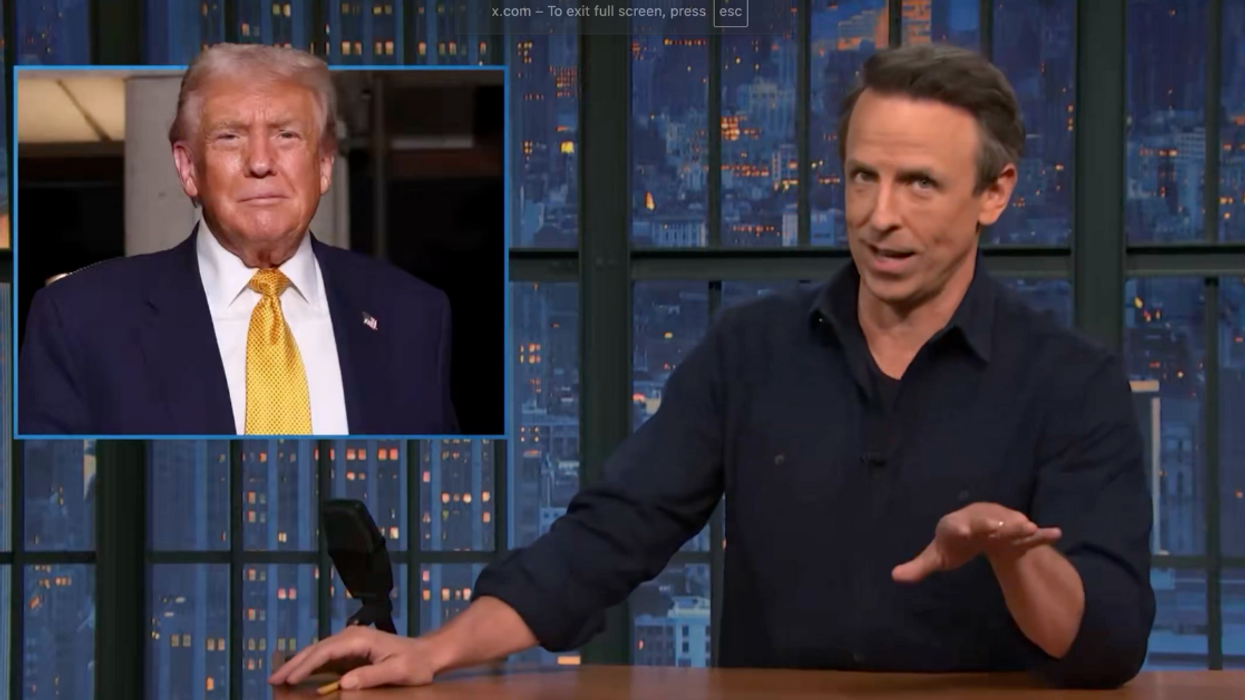
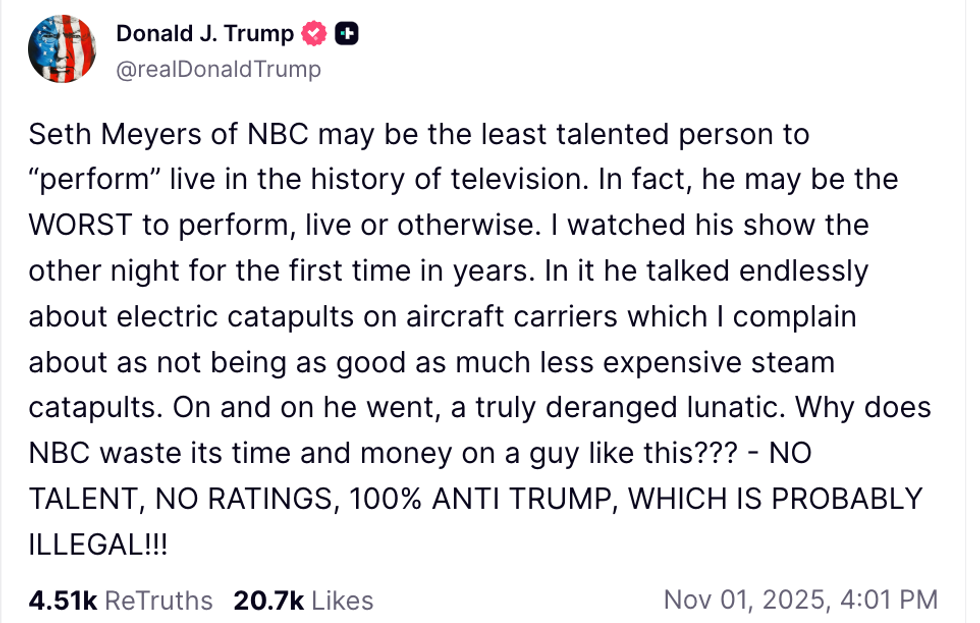 @realDonaldTrump/Truth Social
@realDonaldTrump/Truth Social
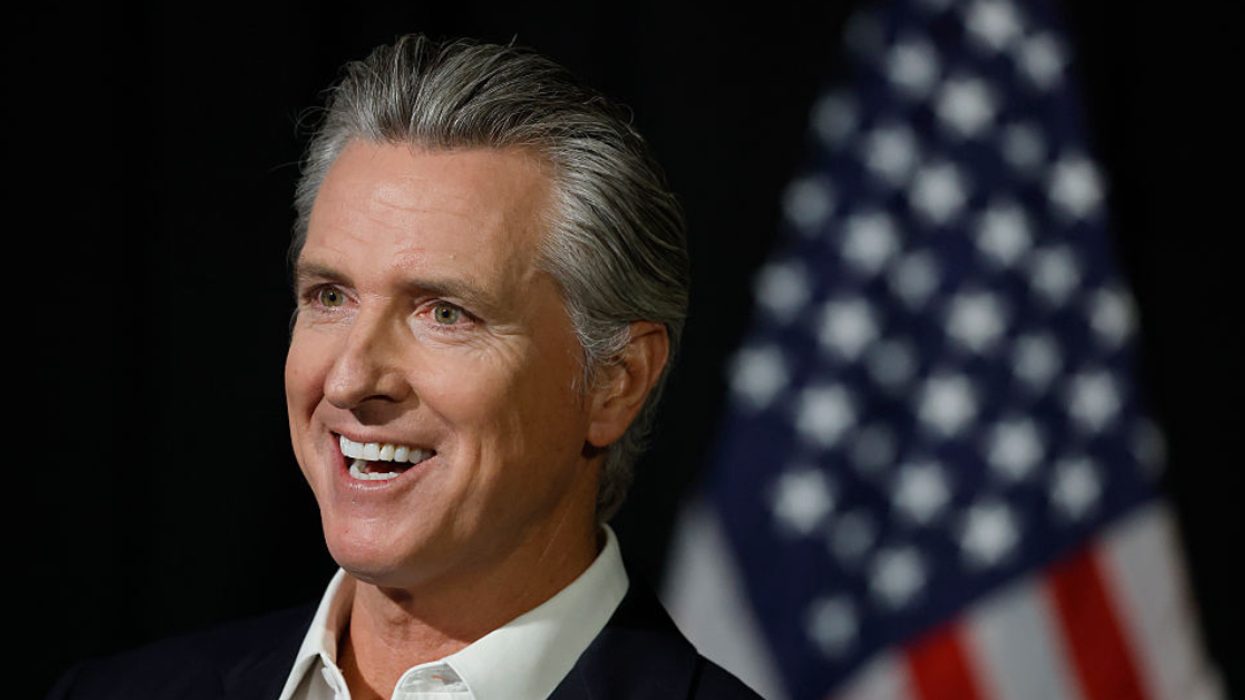
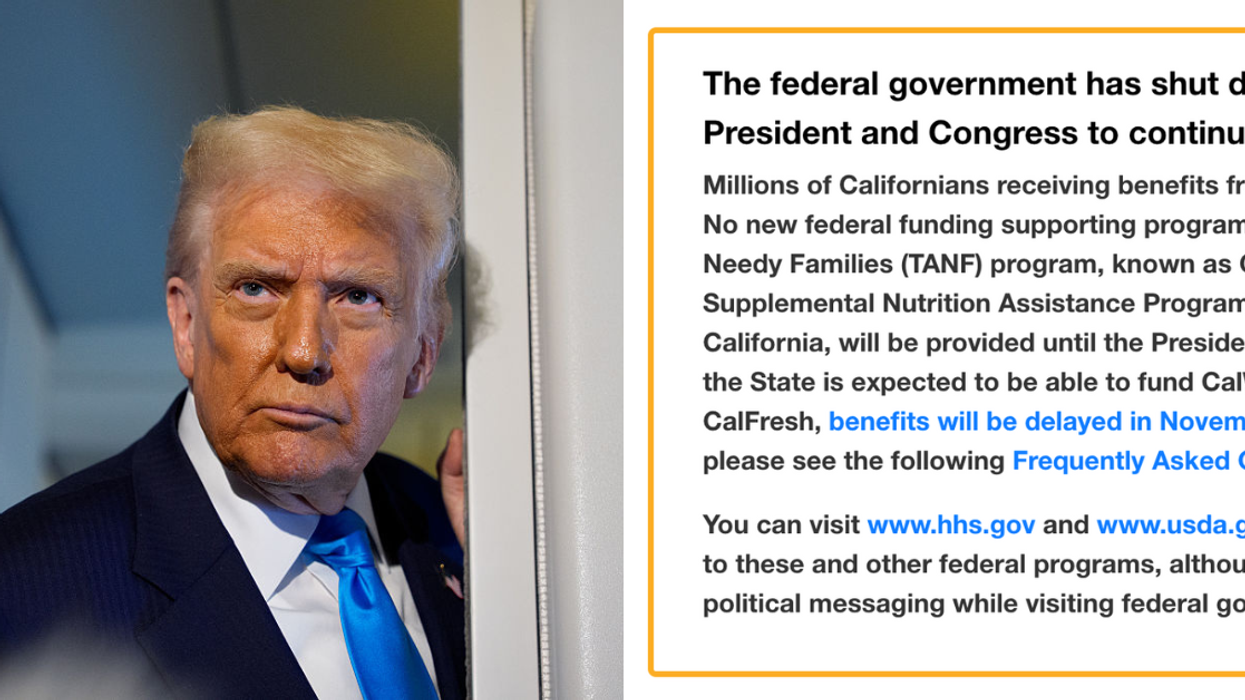
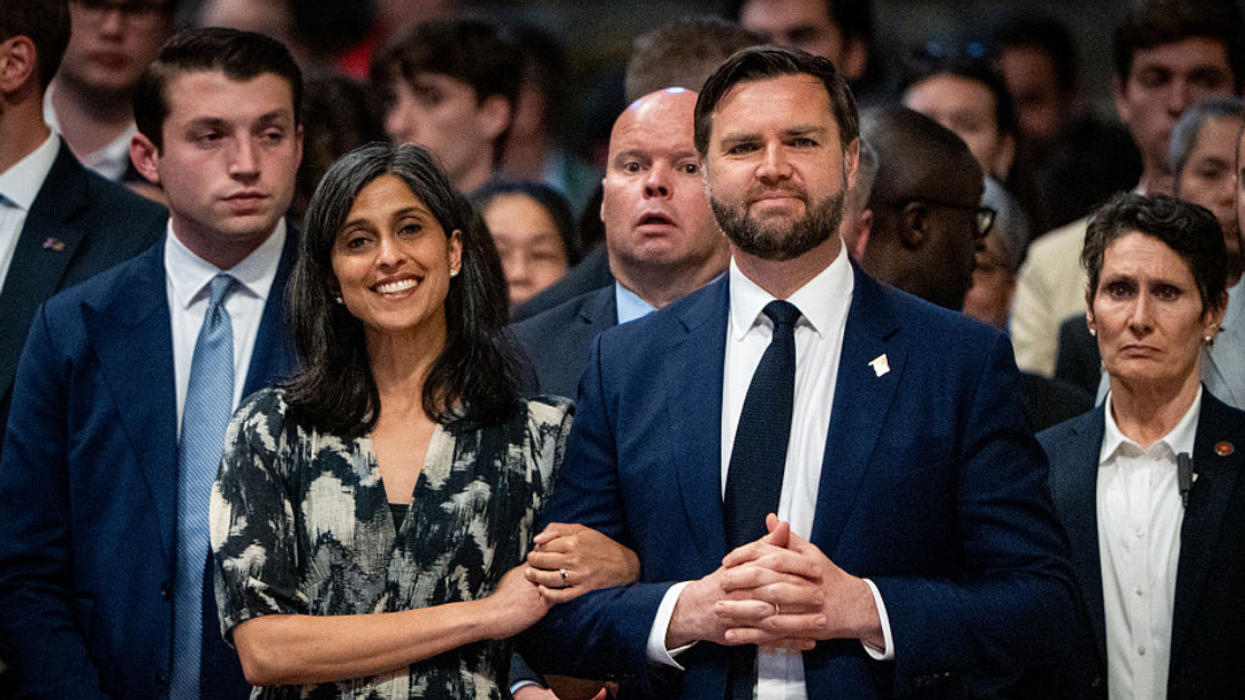
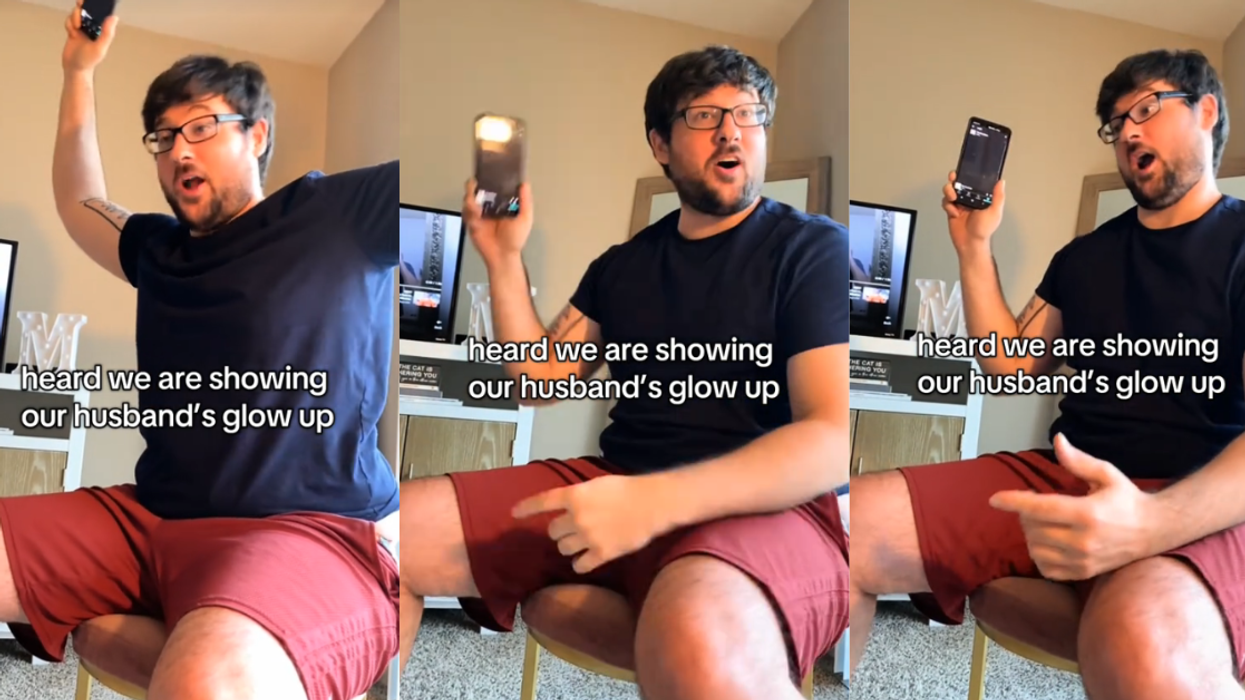

 @rootednjoyy/TikTok
@rootednjoyy/TikTok @rootednjoyy/TikTok
@rootednjoyy/TikTok @rootednjoyy/TikTok
@rootednjoyy/TikTok @rootednjoyy/TikTok
@rootednjoyy/TikTok @rootednjoyy/TikTok
@rootednjoyy/TikTok @rootednjoyy/TikTok
@rootednjoyy/TikTok @rootednjoyy/TikTok
@rootednjoyy/TikTok @rootednjoyy/TikTok
@rootednjoyy/TikTok @rootednjoyy/TikTok
@rootednjoyy/TikTok @rootednjoyy/TikTok
@rootednjoyy/TikTok @rootednjoyy/TikTok
@rootednjoyy/TikTok @rootednjoyy/TikTok
@rootednjoyy/TikTok @rootednjoyy/TikTok
@rootednjoyy/TikTok @rootednjoyy/TikTok
@rootednjoyy/TikTok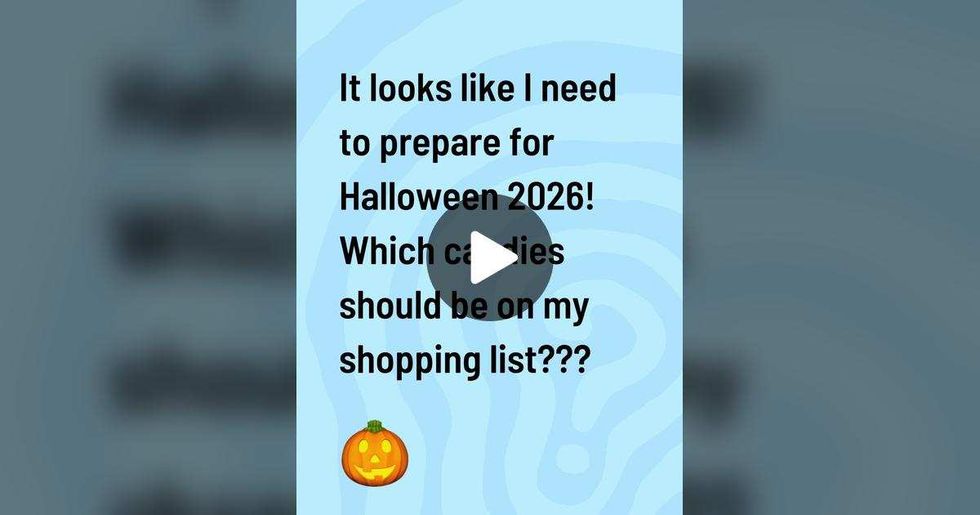
 @rootednjoyy/TikTok
@rootednjoyy/TikTok @rootednjoyy/TikTok
@rootednjoyy/TikTok @rootednjoyy/TikTok
@rootednjoyy/TikTok @rootednjoyy/TikTok
@rootednjoyy/TikTok @rootednjoyy/TikTok
@rootednjoyy/TikTok @rootednjoyy/TikTok
@rootednjoyy/TikTok @rootednjoyy/TikTok
@rootednjoyy/TikTok @rootednjoyy/TikTok
@rootednjoyy/TikTok @rootednjoyy/TikTok
@rootednjoyy/TikTok @rootednjoyy/TikTok
@rootednjoyy/TikTok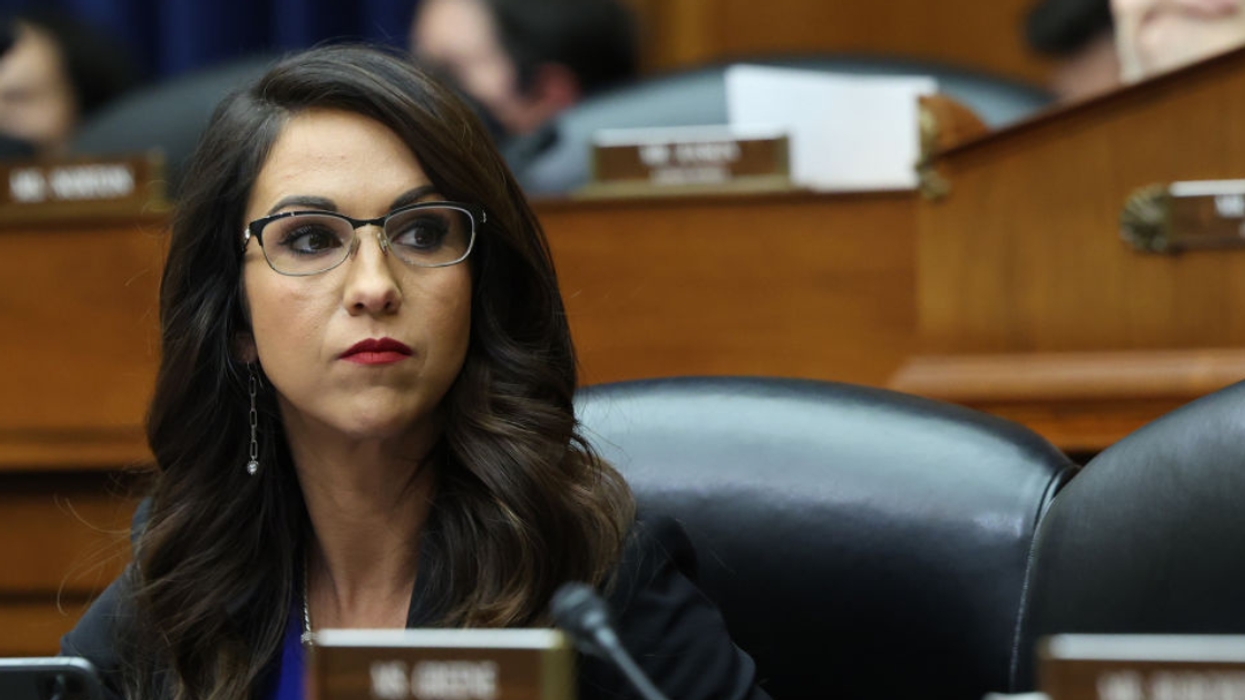
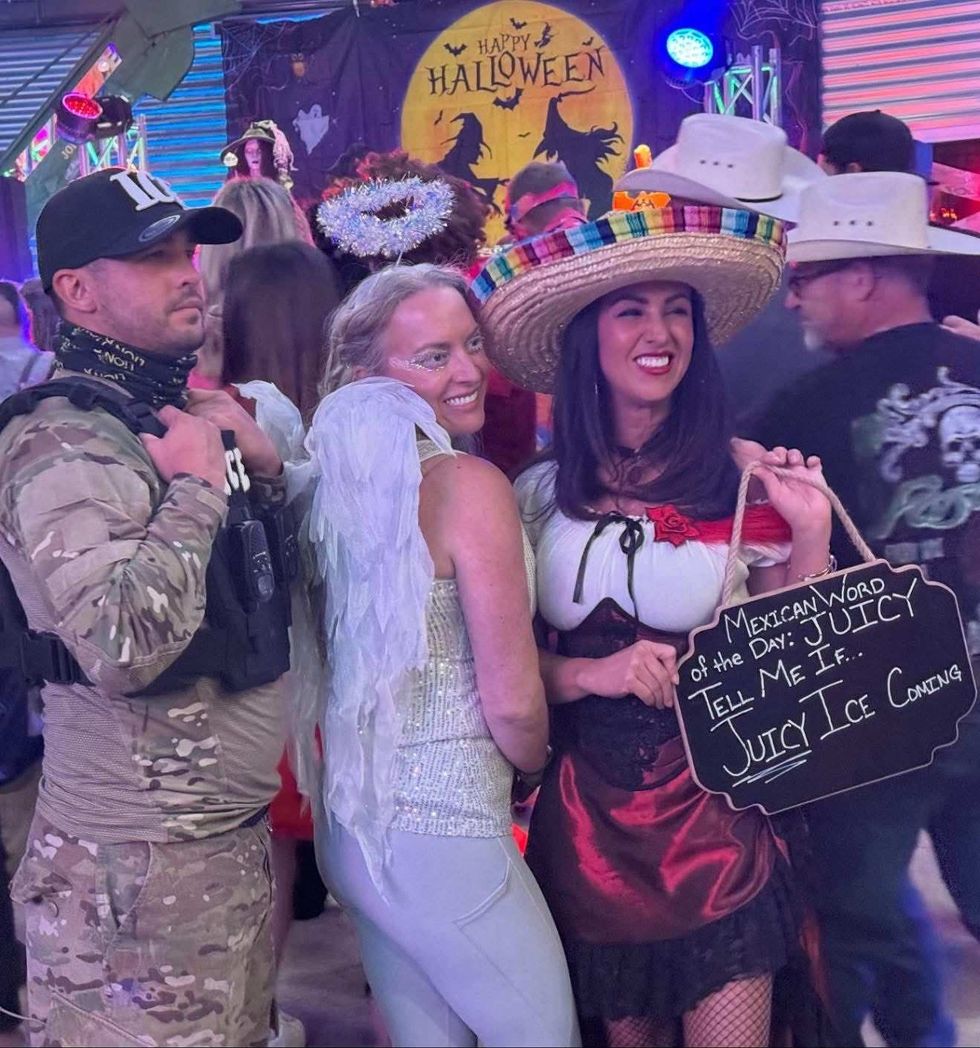 @BarryMu38294164/X
@BarryMu38294164/X